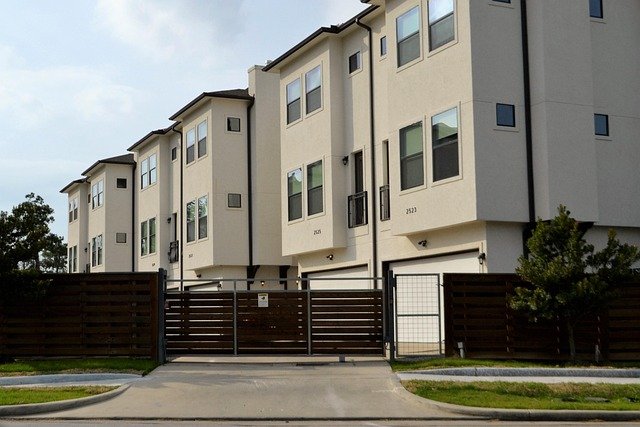Understanding the Future of Real Estate Through the Lens of Demographic Shifts
Our world is in a constant state of flux, with demographic shifts playing a significant role in shaping societies and economies, including the real estate market. This article aims to delve into how these demographic shifts are influencing the future of real estate and what implications they may have for potential buyers, sellers, and investors.

A Detailed Background: The Interplay of Demographics and Real Estate
Demography, the statistical study of populations, has always been a critical factor affecting real estate. Factors such as population growth, aging, migration patterns, and the rise of new household types, all impact housing demand and, subsequently, real estate prices and investment opportunities. Historically, the Baby Boomers’ emergence (those born between 1946 and 1964) led to a surge in housing demand during the 1970s and 1980s, while the Millennials’ (born 1981-1996) entry into adulthood is currently driving demand for rental properties and starter homes.
Current Market Trends: The Aging Population and Urbanization
Two major demographic trends impacting the present real estate market are the aging population and increased urbanization. The world’s population is aging rapidly, with the number of people aged 65 and above expected to double by 2050. This shift is driving a rise in demand for senior-friendly housing options, like retirement communities and assisted living facilities.
Concurrently, urbanization continues to accelerate, with more people moving to cities seeking better employment and lifestyle opportunities. This trend is leading to increased demand for urban housing, pushing real estate prices up in city centers and creating opportunities for high-rise residential developments.
The Impact of Demographic Shifts: Advantages and Challenges
The evolving demographic landscape presents both opportunities and challenges for real estate players. On the one hand, the aging population and urbanization trends open new avenues for real estate development and investment. For example, investors may find lucrative opportunities in senior housing or urban residential development projects.
However, these shifts also pose challenges. The rising demand for urban housing may exacerbate affordability issues, leading to potential social and economic inequalities. Additionally, catering to the senior population’s distinct needs requires significant adjustments in design and service provision, necessitating substantial investment and innovation.
Research-Backed Insights: The Future of Real Estate in Light of Demographic Shifts
As per a report by the Urban Land Institute and PwC, the future real estate market will likely be dominated by demographic shifts. These shifts can influence housing demand, real estate prices, and investment opportunities. Therefore, real estate players need to understand these shifts and adapt their strategies accordingly to stay ahead.
Striking the Balance: Making Complex Concepts Digestible
Demographic shifts and their impact on real estate may seem complex, but understanding these trends is crucial for making informed real estate decisions. Whether you are a first-time buyer trying to predict future housing prices, a seller aiming to maximize your property’s value, or an investor looking for the next big opportunity, keeping an eye on demographic trends can provide valuable insights and guide your decisions.
In conclusion, demographic shifts are reshaping the real estate landscape, offering both challenges and opportunities. By staying informed about these trends, real estate players can navigate the market more effectively and make decisions that align with future developments.





